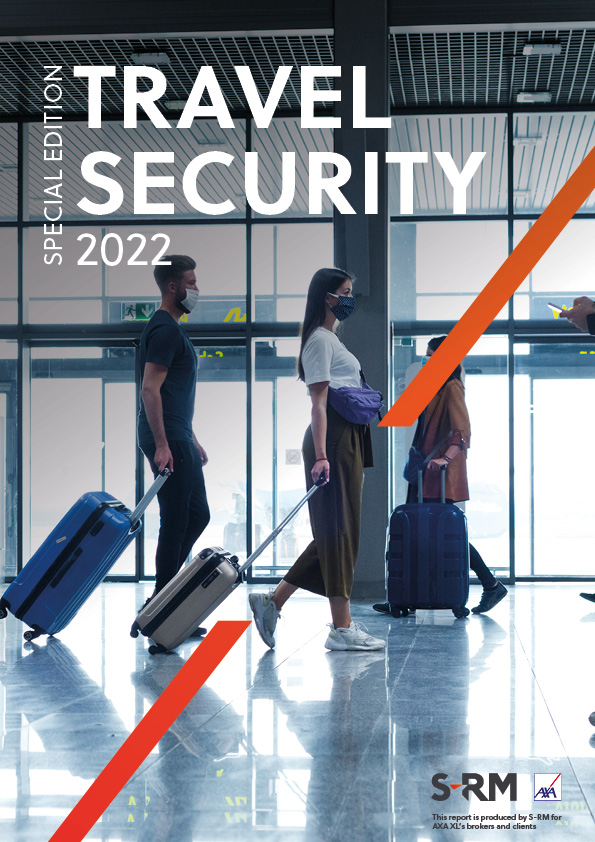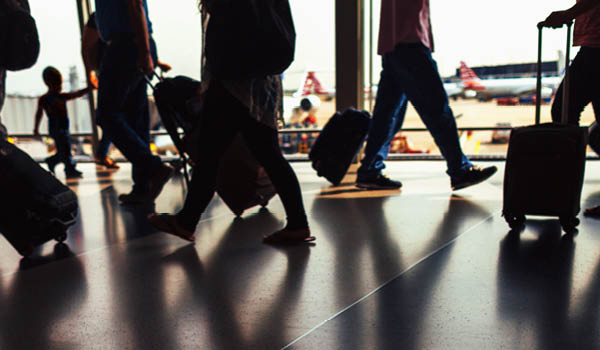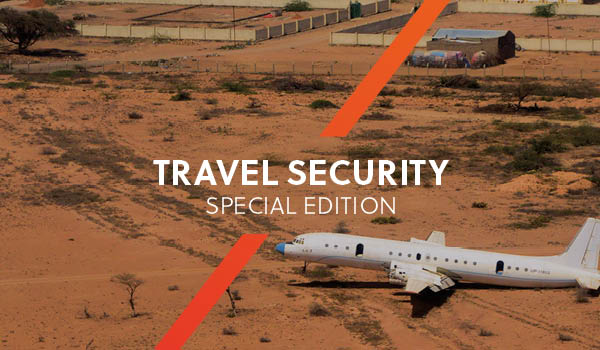With a resurgence of kidnapping in 2021 following a Covid-19-driven hiatus the previous year, Markus Korhonen looks at some of the emerging trends in kidnapping, and how those are likely to be sustained over the coming twelve months.
During periods of stricter lockdown restrictions in the course of the Covid-19 pandemic, criminal groups adapted to the prevailing conditions: in Mexico, some established cartels took the opportunity to seize territory and absorbed smaller criminal groups unable to adapt to lockdown conditions; in South Africa, extortionists turned their attention from shuttered nightclubs to cafes and hotels; and in Italy, the Camorra offered loans to struggling businesses to either turn a profit, or for use as money laundering fronts. In the same way that the licit economy adapted to the circumstances by adapting business processes and finding new ways of working, so too the illicit economy sought new opportunities or changed established methods to circumvent obstacles. But as daily life has started to appear more like it did in the pre-pandemic era, so has criminality.
KIDNAPPING COMEBACK
Like other criminal activity, the threat of kidnapping appears to be re-emerging, too. Data on kidnapping is notoriously unreliable and cases significantly underreported – it is often in the interests of all parties to avoid full disclosure of incidents or ransom demands to the public. In some jurisdictions victims or their families will also hesitate to report incidents to the authorities, either for fear of retribution from kidnappers, or because police might themselves be involved in abductions. In Mexico, Nigeria and the Philippines, for instance, police involvement in kidnappings is common.
That said, broader trends are still observable from collected data, and can be useful in informing insurance requirements or organisational crisis management plans. S-RM’s data on high-profile kidnapping incidents shows a clear dip in 2019-2020; a similar dip was observable for crime rates overall, explained at least in part by the impact of the Covid-19 pandemic and related restrictions on movement. We have also seen a notable uptick over the past year, with a 50 percent increase in global kidnapping incidents between November 2020 and December 2021 compared to the same period in 2019-2020.

There is no single explanation for these fluctuations, as crime dynamics vary so much by jurisdiction, but there is an undoubted correlation with the relaxation of pandemic-related restrictions, including travel restrictions. As these have eased, opportunities for criminal actors have expanded, and there appears to have been a return to some activities made more difficult under lockdown conditions, such as kidnapping.

1. Held to rand-som: Kidnapping soars in South Africa
South African police statistics show a 133 percent rise in kidnapping between 2011 and 2020, and several high-profile cases in 2021 suggest this trend will continue. There are indications the target profiles are expanding. In previous years, a large proportion of kidnap for ransom victims have been prominent members of the South Asian business community. However, recent incidents show kidnap gangs are looking at different avenues for extracting ransoms, and have, for example, targeted the children of wealthy individuals.
Kidnappings of more prominent victims tend to be perpetrated by established kidnapping syndicates who have the resources to identify specific targets and circumvent potential security measures, but the economic downturn resulting from the Covid-19 pandemic has also prompted less sophisticated criminal groups to target less well-off victims for smaller pay-outs. A final compounding element is the limited capacity of the South Africa Police Service to deter and effectively respond to kidnapping, not least because there are indications that organised crime has infiltrated the police service, including at the highest levels. Earlier in 2021, the head of the SAPS kidnap unit was found to have extorted money from a kidnapping victim’s family. These factors point to a persistent kidnapping threat in South Africa in the coming year.
"We have seen a spike in kidnaps in South Africa targeting HNWIs [High Net Worth Individuals], particularly those in the consumer goods sector, where multimillion USD demands are the norm."
Pete Doherty, Head of Crisis Response at S-RM
2. All quiet on the western coast? A slowdown of pirate attacks in the Gulf of Guinea
The ICC International Maritime Bureau (IMB) recorded the lowest number of piracy incidents globally in the first nine months of 2021 for any year since 1994. This trend was reflected in the Gulf of Guinea too, with only 28 incidents of piracy and armed robbery during this period
in 2021, compared to 46 the year before. Reported crew kidnappings are down too, from 80 in the same period in 2020 compared to 50 this year – while it’s a significant drop, this still amounts to an average of almost four kidnappings each month.
The Nigerian government has invested heavily in maritime security initiatives like Project Deep Blue and the Gulf of Guinea Maritime Collaboration Forum in an effort to curb the increasing threat of maritime crime seen in the area in recent years. These projects appear to be bearing fruit, but the data for the full year is not yet complete. David Lawson, a senior member of S-RM’s Crisis Response team warns that celebrations of success may be premature: “Despite piracy attacks falling notably this year, I think it is too soon to signal a sustained downward trend. The risk remains high.” Resolving and permanently subduing the piracy threat in the Gulf of Guinea, including that of kidnapping, is a complex process, involving not only a maritime security response but also effective land-based interventions to address long-standing socio-economic drivers. Recent positive developments aside, the Gulf of Guinea will remain a high-risk seafaring area in 2022.
"We responded to several piracy cases late last year and up until March of this year, after which we have seen a significant reduction in our response to this type of incident. Whilst this reduction in activity can be reflective of insureds on risk at any given time, it should also be assessed alongside general reporting of incidents in the region, which I believe have reduced."
Pete Doherty, Head of Crisis Response at S-RM
3. Gangs of Port-au-Prince: Record kidnappings in Haiti
Haiti’s political crisis, which was only deepened by the assassination of President Jovenel Moïse in July 2021, has served as a backdrop for a rapidly deteriorating security environment in which gangs have thrived.
Kidnapping figures vary, but the Haitian Human Rights Analysis and Research Center (Centre d'Analyse et de Recherche en Droits de l'Homme, CARDH) has recorded 782 kidnappings between January and October 2021, suggesting Haiti will surely surpass the previous year’s total of 796 kidnappings – already a record number. The proliferation of gangs (the United Nations puts the number at almost 170) along with gangs’ historic ties with all levels of the political establishment mean that disentangling criminal elements from Haiti’s social fabric is a big ask. The profile of kidnapping victims in 2021 also suggest a broadening target profile, both local and foreign: civil servants, missionaries, clergymen, teachers and tourists have all fallen victim to kidnappers in the past year.
Highly organised and specialised gangs run kidnappings almost as a matter of routine, and there is little to suggest either Haiti’s security or legal infrastructure currently have the capacity to quell the threat. With rampant crime, political instability and economic turmoil, 2022 may well prove to be another record-breaking year for kidnapping in Haiti.




 Email Markus
Email Markus





 @SRMInform
@SRMInform
 S-RM
S-RM
 hello@s-rminform.com
hello@s-rminform.com

